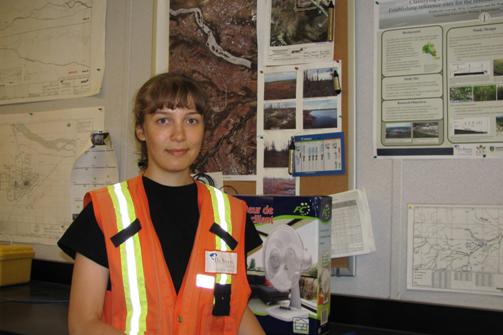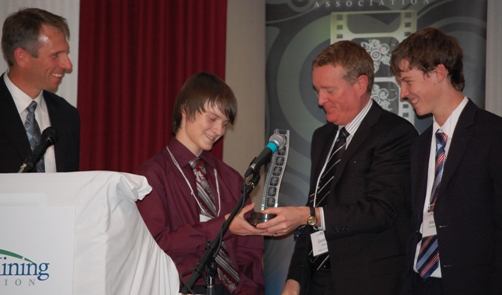The Ontario Mining Association (OMA), is an organization that was established in 1920 to represent the mining industry of the province.
Please note that the order of this document has been slightly changed. The Bill 191, the Far North Act material has been placed at the beginning of the posting for the reader’s convenience. – Stan Sudol
Bill 191, the Far North Act
1. Clarifying the Ambiguity and Imbalance
Once again, we are appreciative of the government’s efforts to foster a multi-stakeholder dialogue and build consensus through the Far North Advisory Council. We also agree with the goal “to strike the right balance between conservation and development”, which was set out in the Premier’s July 14, 2008 announcement.
However, Bill 191 presents many challenges for our members, which if not rectified, will cause unprecedented delay, unnecessary conflicts and diminishing economic benefits for the province and communities of the Far North. The nature of the mining industry is one that requires long-term certainty and clarity – given the long planning cycles of our industry, as well as the significant capital expenditures and detailed permitting process required for the development of a mine. Additionally, mineral exploration is a highly risky undertaking; only 1 in 10,000 prospects becomes a mine.
Industry would appreciate greater balance between industry, community and conservation components in various aspects of Bill 191 so that the Bill achieves the desired goal of economic development and conservation. Without this balance, Bill 191 may be seen as an impediment to future investment and development in Ontario’s Far North for mineral exploration and mine development, forcing companies to look elsewhere for mineral development projects.
While the proposed legislation is a start in putting a process in place to ensure partnership building between government and Aboriginal peoples, it has not provided a specific role for other stakeholders, such as the mineral industry. Given the importance of mineral development to the economic development and prosperity of the Far North and its people, it is critical that the mineral industry have a seat at the table.
The OMA supports active participation of Aboriginal peoples in the mineral industry and understanding and co-operation between the industry and Aboriginal communities where mineral development and extraction occur. The members of the OMA have collectively more than 50 agreements with the First Nations.
Read more


























